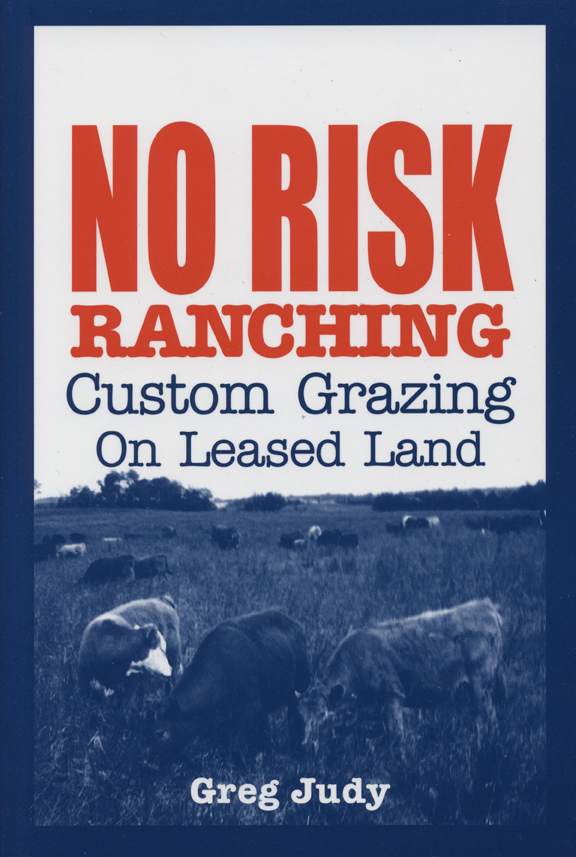Do you run your farm like a business? If not, are you interested in doing so? How will it be structured? What’s the centerpiece of your enterprise? How can you ensure you’ll consistently make profits year after year, and build a sustainable operation?
Asking the right questions and seeking proper knowledge ahead of time is critical to business success. And reading the right business books can accelerate the learning process even more. The late Allan Nation, editor of the Stockman Grass Farmer magazine, had a brilliant business mind. In addition to building his own successful business in the publishing world, he visited successful farms all around the world and studied the keys to their success.
“Creating a Family Business: From Contemplation to Maturity” was Nation’s attempt to help others avoid the business mistakes he made, and guide folks through the different phases of a small business. The book’s different sections mirror the process of raising a child, which in many ways compares well to the process of nurturing a business. Contemplation, Gestation, Birth, Terrible Twos, Adolescence, and Maturity are all phases a business goes through, and Nation’s writings guide us through each with a great deal of wisdom, personal experience, and case studies from other businesses.
For a deep dive into all aspects of starting a small business, with a focus on the small family farm, and countless pieces of hard earned wisdom and advice, check out “Creating a Family Business”. You may be surprised by the amount of mistakes it’ll help you avoid, and it might just contain the information that triggers your greatest business success.


